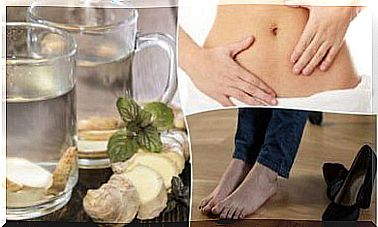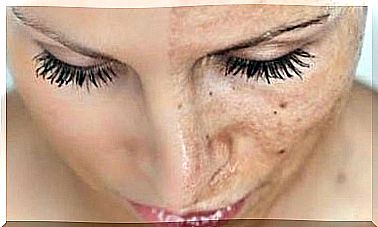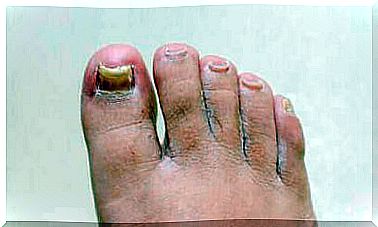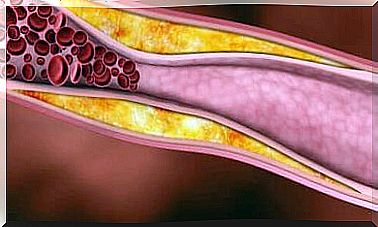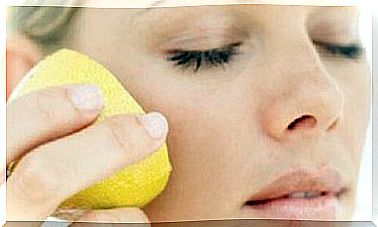Four Benefits Of Prenatal Massage
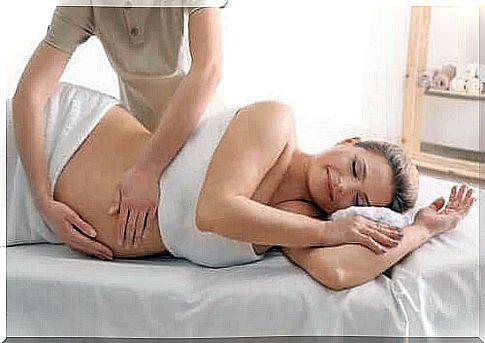
Like any other massage, pre-birth massage aims at relaxation in body and soul, relieves pain and makes pregnant women feel better. Are you really aware of all the benefits?
Massage before birth
Overall, the purpose of prenatal massage is to relieve these muscles and body parts to reduce discomfort and pain. Like any other massage, the purpose is to make you feel better, relax and release stress and tension.
The benefits of pre-birth massage
1. It lowers your stress and anxiety levels

Various studies have confirmed the effectiveness of massage in reducing stress and anxiety levels in pregnant women. In fact, pregnant women who received a voluntary 20-minute pre-birth massage for five weeks reported less stress from the very first session.
The group of pregnant women who received a massage indicated that their mood had improved, that their anxiety levels were lower and that they had a more restful sleep. In addition, these benefits are also associated with less risk of postpartum depression.
2. It reduces back pain
One of the most common complaints during pregnancy is back and lower back pain. Weight gain and pressure from the baby can actually strain the muscles, causing the pregnant woman to suffer from pain. In addition, the center of gravity shifts as the baby grows and the uterus becomes larger. This changes the position of pregnant women. As a result, the back and lower back muscles become overloaded.
In this way, a birth massage can help reduce the strain on these muscles and have a relaxing effect. Some studies show that using this type of massage can help reduce low back pain.
3. It reduces pain in the feet and legs
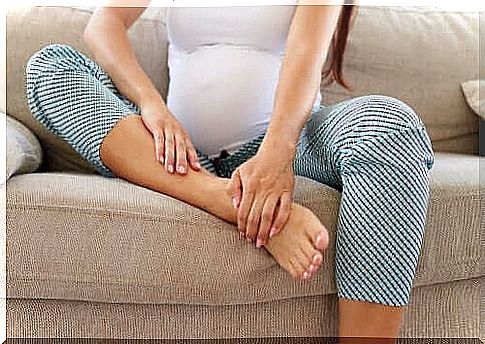
Like low back pain, many pregnant women suffer from sore legs and feet. This is especially common during the last trimester. During pregnancy, blood flow increases and weight gain narrows the veins and arteries. Then this affects the blood flow. If you add fluid retention and fatigue that are characteristic of pregnancy, it is normal for pregnant women to suffer from tired legs and cramps.
To prevent this discomfort, it is best to maintain normal humidity levels and avoid a sedentary life. Doctors recommend that you practice relaxation techniques and stretch the affected muscles. In that sense, maternity massages help reduce problems. This is because the body seeks general relaxation of all the muscles, including the leg muscles.
4. Pre-birth massage reduces the risk of premature birth
Depression and anxiety during pregnancy may have a higher risk of fetal activity and premature birth. Some studies show that prenatal massage can reduce cortisol levels. Fortunately, this can lead to reduced stress, anxiety levels and relieving depression.
In turn, depressed pregnant women who received postpartum massage indicated less fetal activity and reduced the chance of preterm birth. Also, the benefits are not just limited to the mother. The newborns of mothers who received birth massage also received lower cortisol levels!
Precautions regarding massage before birth

Although obstetric massages have many benefits and pose virtually no health risk, there are cases where doctors do not recommend it:
- In multiple or risky pregnancies.
- In hypertensive pregnant women or pregnant women with heart or coagulation problems.
- In case of vaginal bleeding or abrupt placenta.
- In case of vomiting, fever or diarrhea.
Therefore, when deciding whether to have a birth massage or not, you must:
- Consult your doctor if this is a good idea for your particular case. Ask about the best type of massage you should get and in what areas you should get it.
- Always consult a specialist for this type of massage. Only a specialist knows how to perform the massage, in what areas, what pressure to apply and in what position.


